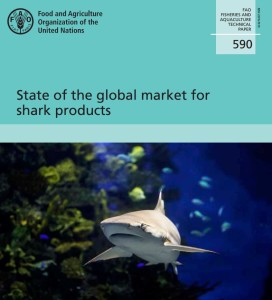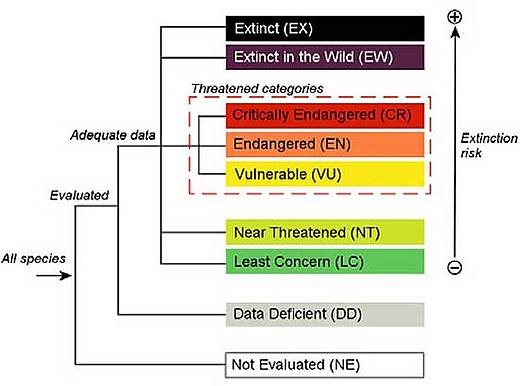 The United Nations Food and Agriculture organization just released fisheries and agriculture technical paper number 590, “the state of the global market for shark products.” Coauthored by legendary shark conservation researcher Shelley Clarke, this 196 page document is a comprehensive look at, um, the state of the global market for shark products.
The United Nations Food and Agriculture organization just released fisheries and agriculture technical paper number 590, “the state of the global market for shark products.” Coauthored by legendary shark conservation researcher Shelley Clarke, this 196 page document is a comprehensive look at, um, the state of the global market for shark products.
It includes an updated review of threats to sharks and the conservation and management mechanisms that governments are used to protect them. If you’re interested in shark conservation, you should read it. If you’re interested in shark conservation but don’t want to read a 196 page technical document, I’ve selected 28 important quotes, facts, and graphs from the report. These are organized into the following four categories (categories which can be used as a TL;DR summary of the entire report):
A) The global trade in shark meat is growing and is significantly different from the fin trade (despite not getting anywhere near the same attention from conservation activists and the media as the fin trade).
B) Many, many countries other than China are involved in the global trade in shark and ray products (despite not getting anywhere near the same attention from conservation activists and the media as China).
C) Many species and populations of skates, rays, and smaller sharks are highly traded (despite not getting anywhere near the same attention from conservation activists and the media as larger, charismatic species).
D) Global trade is complex, and we need a lot more data from governments of shark fishing and trading nations to effectively track trends in shark product use (i.e. science and record-keeping are critical for conservation, and not all important conservation work is glamorous or exciting).
Read More “28 quotes, facts and graphs from the new UN global use of shark products report” »





